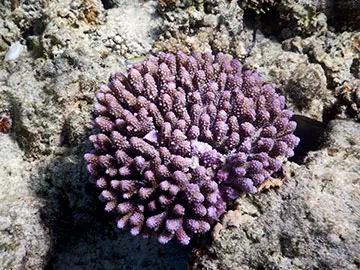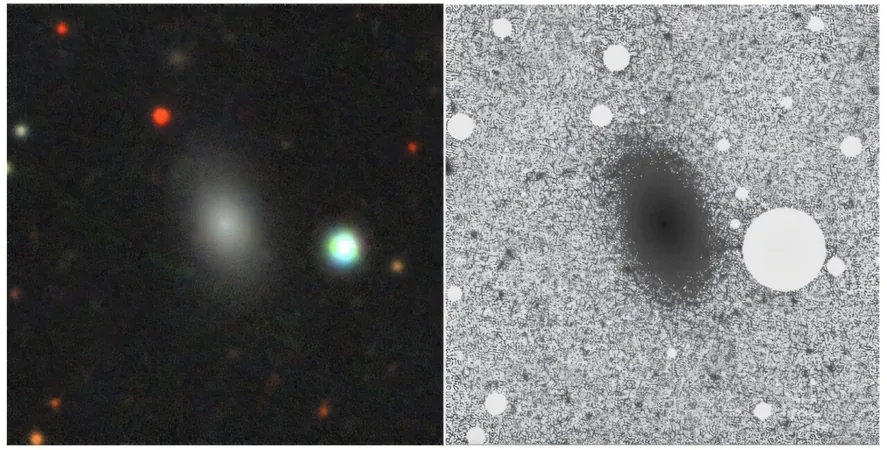
Unlocking the Secret: How Corals 'See' Without Eyes
2025-09-10
Author: John Tan
Groundbreaking Discovery on Coral Vision
In an astonishing breakthrough, researchers from Japan and Switzerland have unveiled the hidden chemical secrets behind how corals sense light, defying the need for conventional eyes. Their findings, published in eLife, reveal that the unique proteins corals utilize to perceive light rely on chloride ions present in their environment to alternate between sensing visible and ultraviolet light.
The Unusual Eyes of Corals
Unlike traditional animal eyes that employ light-sensitive molecules called opsins, which usually bind to chromophores like retinal (a vitamin A derivative), corals showcase a fascinating adaptation. Corals possess their own set of opsins known as anthozoan-specific opsins (ASOs). These ASOs lack the typical amino acids that stabilize light perception in many other animals, making their vision process distinct.
The Role of pH in Coral Vision
What sets coral vision apart is its dependence on pH levels within their cells, influenced by symbiotic algae that provide essential nutrients. These algae also alter the pH balance, allowing corals to finely tune their sensitivity to light.
Researchers at Osaka Metropolitan University meticulously extracted opsins from the coral species Acropora tenuis. By examining various halide solutions, they discovered that a specific glutamic acid sequence on the opsin enables the use of chloride ions as counterions, crucial for switching between light sensitivities.
A Symphony of Light Sensitivity
According to lead researcher Yusuke Sakai, under lower pH conditions, corals absorb longer wavelengths of light due to a decrease in protons. Conversely, when pH levels rise, protons depart from the Schiff bases of the opsins, ramping up sensitivity to UV light. This dynamic adjustment allows corals to respond intuitively to the activity of the algae they harbor.
Potential for Biotechnological Innovations
The implications of this research stretch beyond understanding coral biology. The ASO-II opsin of Acropora tenuis shows promise in regulating calcium ions in a light-dependent manner, presenting exciting possibilities for new biotechnological applications. As Mitsumasa Koyanagi pointed out, this unique property could pave the way for innovative optogenetic tools whose functionality varies with pH levels.

 Brasil (PT)
Brasil (PT)
 Canada (EN)
Canada (EN)
 Chile (ES)
Chile (ES)
 Česko (CS)
Česko (CS)
 대한민국 (KO)
대한민국 (KO)
 España (ES)
España (ES)
 France (FR)
France (FR)
 Hong Kong (EN)
Hong Kong (EN)
 Italia (IT)
Italia (IT)
 日本 (JA)
日本 (JA)
 Magyarország (HU)
Magyarország (HU)
 Norge (NO)
Norge (NO)
 Polska (PL)
Polska (PL)
 Schweiz (DE)
Schweiz (DE)
 Singapore (EN)
Singapore (EN)
 Sverige (SV)
Sverige (SV)
 Suomi (FI)
Suomi (FI)
 Türkiye (TR)
Türkiye (TR)
 الإمارات العربية المتحدة (AR)
الإمارات العربية المتحدة (AR)